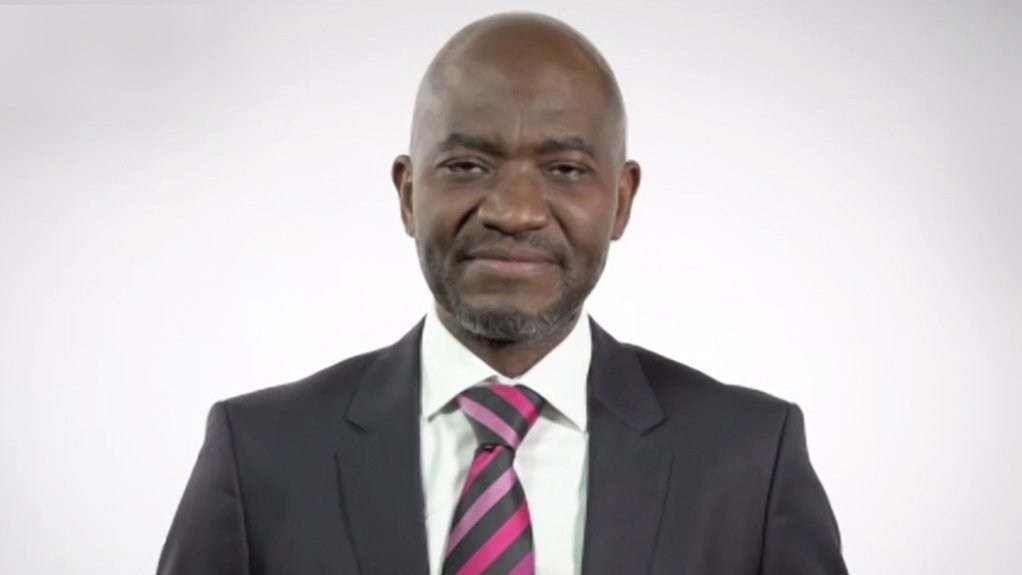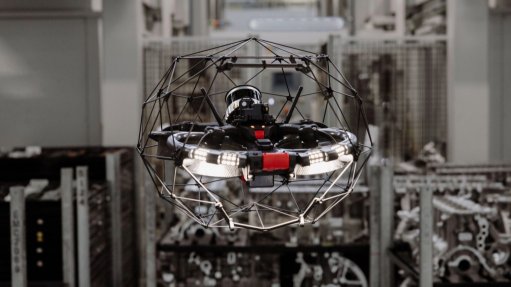To unlock scarce grid capacity South Africa begins rethinking approach to curtailment
With insufficient grid capacity having been identified as the main constraint to the public procurement of the 28 GW of new electricity capacity allowed for by 2030 under various Ministerial determinations, IPP Office head Bernard Magoro reports that several new options are being considered to unlock existing grid capacity, including accepting some level of curtailment.
Addressing the South African National Energy Association’s annual general meeting, Magoro reported that a cost-benefit analysis would be undertaken into whether curtailment should be factored into future procurement rounds so as to unlock grid capacity, while additional transmission lines and substations were developed in parallel.
Curtailment, which carries an economic cost as it results in electricity being wasted, is implemented either when there is a system-wide oversupply, or when there are local transmission constraints, and is considered normal in most jurisdictions.
During South Africa’s most recent renewables procurement round, known as Bid Window Six (BW6), none of the wind projects bidding for a 3 200 MW allocation progressed to preferred-bidder status after Eskom indicated that the grid capacity on which the projects were based had been absorbed.
Some commentators noted that the projects could have proceeded had there been a greater tolerance for economic curtailment, which in the context of South Africa’s electricity shortages would likely have been an acceptable cost to absorb, as the wind farms would have contributed to reducing the intensity of far costlier loadshedding.
Magoro said there was still a need for a study to assess the economic benefits and costs of allowing for a level of curtailment, as well as how the risks should be distributed between the buyers and sellers.
“It we are going to curtail 20%, it might not make sense, but if its 5% or 10%, it could make business sense.
“But those discussions are still ongoing between ourselves and Eskom,” he said, adding that as there would be an impact on the tariff any decision would also need to be approved by the National Energy Regulator of South Africa.
“However, once there is an agreement [on curtailment] it will mean that more capacity will be unlocked from a transmission grid perspective, which allows us [as the IPP Office] to run more procurement programmes to get more capacity on the grid.”
It is uncertain, however, whether such an agreement will be in place in time for BW7, which will be for 5 GW and is currently scheduled for release to the market during the second quarter of the current financial year that runs to March, with BW8 scheduled for the fourth quarter.
In a statement released independently of Magoro’s presentation, the South African Wind Energy Association (SAWEA) also indicated that curtailment would have to be considered as part of urgent efforts to unlock the grid capacity needed to allow for a yearly addition of about 5 GW of renewables capacity.
SAWEA believes that, by pairing wind and solar power plants, a single transmission connection point can be used more effectively, matching renewable energy generation profiles with energy demand.
“There are matters of grid balancing and curtailment that need to be considered and well managed for such solutions to be employed,” SAWEA said, arguing that such an approach was technically viable but needed stakeholders to work together to create the mechanisms needed to add new generation capacity.
The wind body also stressed the need for a modification of the grid-allocation rules, which had reportedly been updated to ensure greater queuing certainty and fairness and were currently awaiting governance approvals within Eskom.
Magoro reported that the other options being investigated to “optimise” grid capacity included adding additional battery storage and also reviving the concept of solar parks so that transmission investment could be directed towards areas where there would be multiple generators in a concentrated area.
It is also likely that a spatial dimension may be added to the procurement rounds, so as to direct independent power producers to those areas where there is still grid capacity available, given the near absence of such capacity in the renewables-rich Northern, Eastern and Western Cape provinces.
The IPP Office is already undertaking its inaugural battery storage procurement programme for 513 MW, or 2 052 MWh, to be located across five Eskom-selected substations in the Northern Cape, with the specific aim of bolstering grid capacity in the province.
A further tender for 1 230 MW of battery storage is expected to be issued in the fourth quarter of the current financial year to March.
Magoro reported that the IPP Office was also preparing bid documentation for a 3 GW gas-to-power programme, but stressed that the programme faced not only grid constraints but also required clarity on the timing of the infrastructure required to deliver gas to the power stations.
Owing to the absence of readily available indigenous gas, the initial projects are likely to be reliant on imported liquefied natural gas.
He said research was also under way to assess how the South African procurement programmes could be accelerated, given that it currently takes at least a year from tender preparation to financial close, after which it still takes another 18 and 24 months for the projects to enter commercial operation.
Article Enquiry
Email Article
Save Article
Feedback
To advertise email advertising@creamermedia.co.za or click here
Comments
Press Office
Announcements
What's On
Subscribe to improve your user experience...
Option 1 (equivalent of R125 a month):
Receive a weekly copy of Creamer Media's Engineering News & Mining Weekly magazine
(print copy for those in South Africa and e-magazine for those outside of South Africa)
Receive daily email newsletters
Access to full search results
Access archive of magazine back copies
Access to Projects in Progress
Access to ONE Research Report of your choice in PDF format
Option 2 (equivalent of R375 a month):
All benefits from Option 1
PLUS
Access to Creamer Media's Research Channel Africa for ALL Research Reports, in PDF format, on various industrial and mining sectors
including Electricity; Water; Energy Transition; Hydrogen; Roads, Rail and Ports; Coal; Gold; Platinum; Battery Metals; etc.
Already a subscriber?
Forgotten your password?
Receive weekly copy of Creamer Media's Engineering News & Mining Weekly magazine (print copy for those in South Africa and e-magazine for those outside of South Africa)
➕
Recieve daily email newsletters
➕
Access to full search results
➕
Access archive of magazine back copies
➕
Access to Projects in Progress
➕
Access to ONE Research Report of your choice in PDF format
RESEARCH CHANNEL AFRICA
R4500 (equivalent of R375 a month)
SUBSCRIBEAll benefits from Option 1
➕
Access to Creamer Media's Research Channel Africa for ALL Research Reports on various industrial and mining sectors, in PDF format, including on:
Electricity
➕
Water
➕
Energy Transition
➕
Hydrogen
➕
Roads, Rail and Ports
➕
Coal
➕
Gold
➕
Platinum
➕
Battery Metals
➕
etc.
Receive all benefits from Option 1 or Option 2 delivered to numerous people at your company
➕
Multiple User names and Passwords for simultaneous log-ins
➕
Intranet integration access to all in your organisation




















